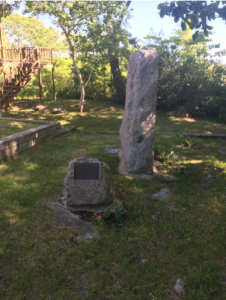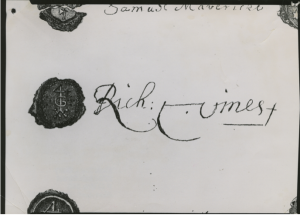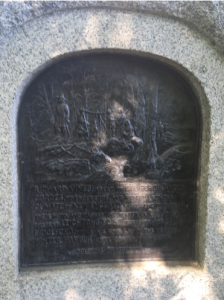2018 Biddeford Hall of Fame
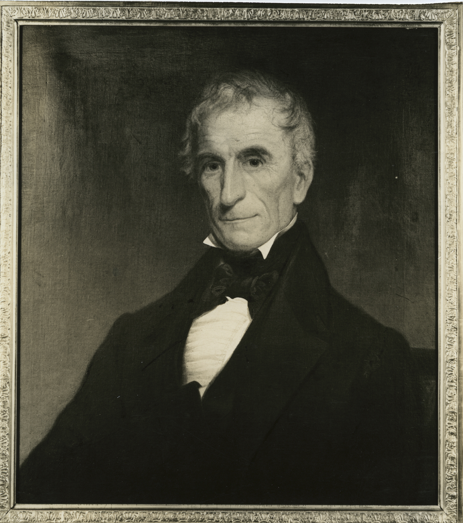
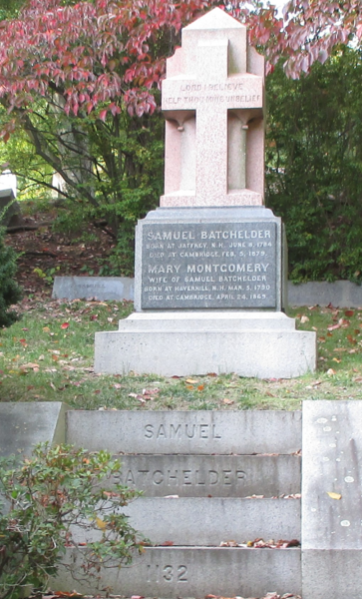
Samuel Batchelder (1784-Feb. 5,1879)
Samuel Batchelder was the industrial founder of Biddeford. Recognizing the power of the Falls on the Saco River, his vision and talents led to the rapid expansion of the textile industry.
At the age of 20, he built his first cotton spinning mill, and, because of his success, he was asked to build the Hamilton Mill in Lowell, Massachusetts. In 1830, he arrived at Saco Falls to determine its possible development for manufacturing. In 1831, Batchelder moved his family into the Cutts mansion on Indian Island, and he built the first mill of the York Manufacturing Company. It was the first large manufacturing building to be made of brick.
Recognizing the potential for water power on the Biddeford side of the river, he incorporated, in 1837, the Saco Water Power Company, and in 1841, he built a machine shop, in what was known as Yoe Cat Gully. He also founded the Laconia Company, which was named after his place of birth, Laconia, N. H., and, in 1844, at age 60, he incorporated the Pepperell Manufacturing Company, which was named after Sir William Pepperell.
A thriving manufacturing district grew on the banks of the Saco River, and the products from these plants eventually became the Pepperell brands that were sold worldwide.
When Batchelder arrived in 1831, there was not a single cotton spindle in the area. By 1855, when Biddeford became a city, there were 70,000 spindles in Biddeford and 2000 employees. The city also had its own post office, bank, and hotel.
Though he never lived in Biddeford, he was heavily invested here. He developed Sullivan Street, and he named it after James Sullivan, a Revolutionary War patriot. His investment and development changed the skyline of the city and the population grew.
He was the President of the Saco Water Power Company from 1849-1854, and he was active in the anti-slavery movement before the Civil War.
Sam L. Cohen
(June 14, 1915 – March 22, 2003)
Sam L. Cohen, a native of Biddeford, is today best known for his foundation, the Sam L. Cohen Foundation.
Born in Biddeford, the son of Julius Cohen and Celia Robinson, who emigrated to the United States from Lithuania, in steerage, in the early 1900’s, he was part of the thriving Jewish community in Biddeford. Sam was educated in Biddeford schools, served in World War II, along with his brothers, and he eventually assumed the care and responsibility of his siblings upon the death of his parents.
Biddeford was his lifelong home, and he enjoyed engaging in a community that was diversely integrated with families of English, Irish, Italian, Greek and other ethnicities, as well as numerous religious denominations. He was considered the heart and soul of the Jewish community.
Sam operated York Bottling Company for many years, his father in the business. He expanded the operations from being just a tonic operation to beer and wine.
Instilled with strong family values and a desire to always help those in need, he started the Sammy Fund to help family members stay with loved ones receiving medical care in Portland hospitals. He also supported scholarships at UNE.
During the Christmas season, Sam would meet with local Catholic priests and various ministers to determine families in need of a turkey or Christmas dinner. Once those needs were identified, he would pay all costs.
He established the Julius and Celia Cohen Swimming Pool at the YMCA and contributed to the local hospital, as well as the Sam L. Cohen Adult Day Center.
As a businessman, philanthropist and humanitarian, Sam Cohen was responsible for many charitable acts during his lifetime. He cared about the working class and was known as “Uncle Sam” to many.
His brother Lester, once said, “If he got up in the morning and went to bed that night and felt that he didn’t help someone, he didn’t sleep.”
The Sam L. Cohen Foundation provides assistance to non-profit organizations in the desire to help make the community a better place, by giving people a “hand up” instead of a “handout”. Since its inception in 2005, the Foundation has awarded over $21 million in grants, as part of its mission to ensure that “people have the opportunities to develop their potential and provide healthy productive futures for themselves, their families, and their communities.”
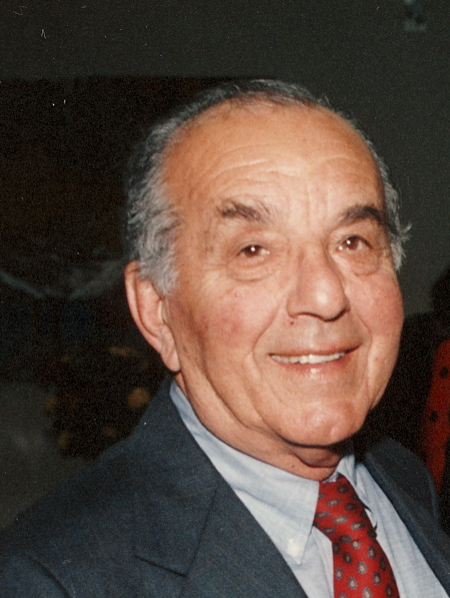
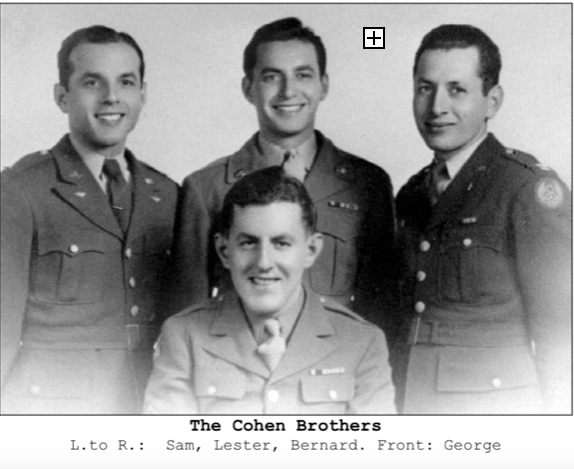
Samuel de Champlain (abt 1574-1635)

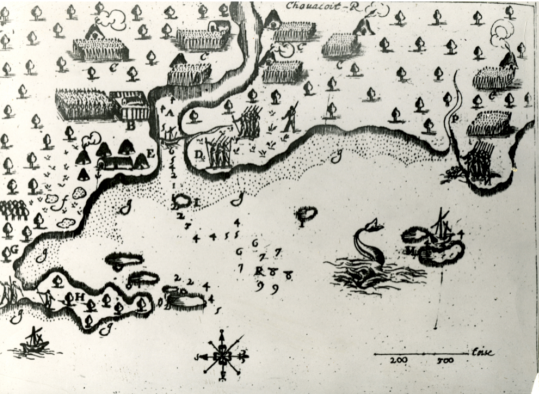
Samuel de Champlain was a French navigator, cartographer, draftsman, soldier, explorer, geographer, ethnologist, diplomat, and chronicler. His talents helped him to draw maps and make nautical charts. He also wrote detailed accounts of his findings and he served informally as the first governor of Québec, then known as New France. His official title was Commander of New France.
As a young man, in 1603, he explored North America under the guidance of François Gravé Du Pont, who may have been his uncle. From 1604 to 1607 Champlain participated in the exploration and settlement of the first permanent European settlement north of Florida, Port Royal, Acadia (1605), which was later renamed Annapolis Royal, Nova Scotia. He explored the Atlantic Coast extensively and when he first saw it, on June 24th 1604, the feast day of St. John the Baptiste, Champlain named the St. John River in his honor.
In July 1605, before the arrival of the Pilgrims in New England, or the founding of Québec, Samuel de Champlain, age 38, arrived at the mouth of the Saco River, with an expedition commanded by Sieur de Monts, and provided one of the few detailed descriptions of where and how the native people lived and farmed along the Saco River, which he called “Chouacouët”. This description was used as a guide by Sir Richard Vines in his exploration and settlement of the area. Champlain also mapped the area of the Saco River and Winter Harbor, as Biddeford Pool was first known.
Champlain identified the local chief as Honemechin, and he noted corn, bush beans, pumpkins, squashes, tobacco, and berries being present. He described a large “wigwam” surrounded by protective palisades, constructed of large trees. After bartering with the natives, whom he found to be friendly, Champlain continued his coastal exploration.
Champlain made the first accurate map of the coast of Canada and helped found the settlements. He is credited with founding New France and the French settlement that is now Québec City, on July 3, 1608. He is known as “The Father of New France” and also the “Father of Acadia.”
Jeremiah Hill (April 30, 1747–June 11,1820)
Jeremiah Hill, a Biddeford hero, was an entrepreneur, a Captain in George Washington’s Army during the American Revolution and one of the founders of the Second Congregational Church.
His family had been in Maine for several generations when he was born in 1747. He married Mary Emery, the love of his life, to whom, according to his will, he left his house and belongings. The house was later sold to Samuel Pierson and taken down in the late 1900’s.
He was a graduate of Harvard Law School and spoke with reason, expecting others to see things in a rational way. He was put on trial for heresy in 1793. During his defense in the trial, which took place at the Biddeford Meetinghouse on Meetinghouse Road, he was required to answer questions about his faith. He didn’t stoop down to the level of Deacon Simon Wingate who had a violent temper and spread gossip. He answered each question calmly and with a sense of dignity that we can feel hundreds of years later.
As Captain in George Washington’s Army, he and his men marched down Guinea Road in 1775 to defend our country and stand up for what he believed was right. Three years before his death in 1820, he had the opportunity of seeing James Monroe come to Biddeford, in full Revolutionary War military dress to have lunch with George Thatcher and usher in that Era of Good Feelings that our country needed.
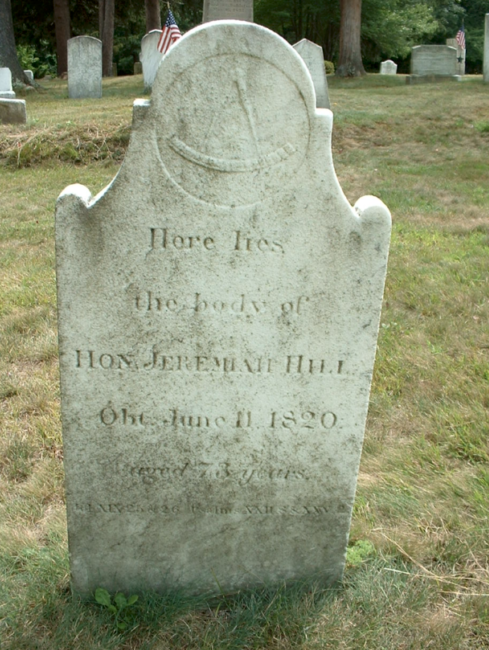
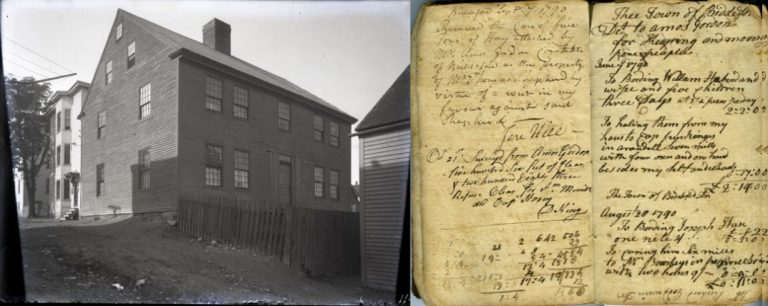
Robert McArthur (1838-1914)
Robert McArthur was an important mill worker, philanthropist and community contributor to the City of Biddeford.
McArthur arrived in the United States in 1842, as an immigrant from England, and started mill work as a bobbin boy in Woonsocket, R.I., at the age of 15. He arrived in Biddeford in 1887 to work as an Agent (general manager) of the Pepperell Mills. He worked in that position until his retirement in 1910. He also served as a volunteer in the Union Army during the Civil War.
His success was based upon mechanical aptitude, a trusting personality, and a love of books and knowledge.
His service as the agent of the mills saw a dramatic change in immigration, with more immigrants arriving from southern and eastern Europe. McArthur was able to train and absorb the new melting pot into the daily operations of the mills.
In 1902, for $8500, he purchased the Pavilion Congregational Church on Main Street in Biddeford, and it would become the new home of the Biddeford Public Library, which had previously burned in a fire. The library was later renamed as the McArthur Public Library in his honor. He served as president of the Library’s governing board until his death.
McArthur believed that the community needed a public library to provide everyone with the opportunity to advance. Not only did he purchase the library’s current home, but he also gave money to provide for its maintenance in the future, as did his children.
To this day, the City of Biddeford continues to support the library, making it one of the oldest tax-supported libraries in New England and reportedly the oldest in the State of Maine.
Robert McArthur also established the McArthur Home for the Aged Association in Biddeford and his philanthropy extended to contributing to education and assisting in the well-being of others.
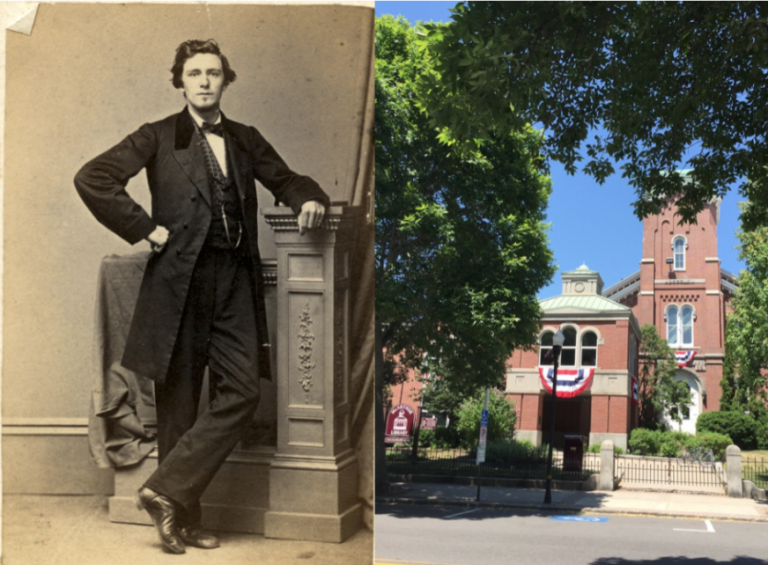
Rita Riley (March 29,1923 - May 30, 2016)
Rita Riley is credited with starting the first food pantry in the City of Biddeford and the first in the State of Maine, from the basement of her home. Born of immigrant parents and growing up in a single parent household, Rita worked to help support her family, including her grandparents and siblings, from an early age. She married Leo F. Riley in 1944.
Believing in the duty and need to help others, she did what she could to accomplish that purpose, but she did not seek recognition for any of those deeds. Identifying a need to feed those in the community who had little or no food and who lived daily in a world of food insecurity, she used her personal funds to open a pantry that could feed the unfortunate.
As the food pantry grew and donations increased, an expansion was required to meet the needs and ongoing demands of the hungry. In 1981, Rita founded the “Friends of Community Action”, becoming its first president. The name has since been changed to the Biddeford Food Pantry.
The Biddeford Food Pantry helps more than 600 families in Biddeford, each month, to access the food and nutrition that they need. It distributes over 200,000 pounds of food a year to local families. It is thanks to Rita Riley’s foresight, dedication, and perseverance that there exists such an important, caring food pantry in Biddeford today.
In 1988, Rita Riley was presented with the prestigious Jefferson Award by Vice-President Al Gore in Washington, D.C. The award was given in recognition of her outstanding volunteer service in the city of Biddeford.
The vision of Rita Riley remains, today, essential and critical in the feeding and caring of the poor in the community. Her compassion remains with those who have followed in her footsteps.

Francis Taylor Spencer (July 1913 - April 2004)
Francis T. Spencer is best known for his invention of the Vellux blanket, which was manufactured by Pepperell Manufacturing.
Born in North Kennebunkport, on July 14, 1913, he was the son of Genevieve Waterhouse and Luther Spencer. He graduated from Biddeford High School in 1931.
Growing up on a farm in Arundel, he was not wealthy enough to attend college during the Great Depression and began working at the Pepperell Mill, as a trainee, at the age of 17, where he worked long hours, in every department, in the hope of learning the intricacies of the manufacturing company.
In 1938, Francis married Anne. M. Fitton, to whom he was married for over 60 years.
In his youth, he loved mechanics and in 1957, he was promoted as manager of product development in the Pepperell, at which time he began his quest to develop a superior product that would keep the Biddeford mill in business. Over the course of nine years, Spencer and his assistants conducted 4039 experiments in their attempt to find the perfect product. His management style was to seek input and advice from all those connected to the making of blankets.
The first Vellux blanket was finally produced in 1966. Vellux is a durable synthetic that insulates very well and does not require weaving.
In 1984, Francis Spencer was given an honorary Doctor of Economics degree from the University of New England.
It is likely that the West Point Stevens plant in Biddeford would have closed its doors in the 1960’s, if not for the invention of the Vellux blanket. The mills remained open and the product was never duplicated by others. The introduction of the Vellux blanket kept those in the community employed, giving Biddeford and Saco 40 more years of prosperity. The creative genius and persistence of Francis Spencer was the economic development that the cities desperately needed.

Richard Vines (1585-1651)
Richard Vines, a physician by trade, has long been considered the Founder of Biddeford.
Arriving at the mouth of the Saco River, Vines, who was engaged by Sir Fernando Gorges, spent the winter of 1616-1617, along with 32 men, at what he called Winter Harbor, the area of what is today known as Biddeford Pool. The purpose was to prove that the climate was hospitable for settlement and to overcome the difficulties experienced at the Popham Colony.
Vines travelled up river and spent time among the native villagers and was treated with kindness and generosity. This first winter stay was deemed successful and led to further settlement of the area.
On February 22, 1630, Vines, along with John Oldham, was given title (20,000 acres), by the Lords of Council for the Affairs of New England, to all land that eventually became the city of Biddeford. Sir Fernando Gorges was a principal member of the Council and was a signer of the grant.
On June 25, 1630, Vines landed near the mouth of the Saco River and formally took possession of the granted land, in the presence of six English witnesses. As part of the grant and agreement, Vines was to bring 50 people to live in the area during the next seven years.
In 1642, Vines explored the White Mountains, travelling by canoe up the Saco River. Once there, he identified the origins of the Connecticut, Kennebec, Saco, and Androscoggin Rivers.
As the Province of Maine grew in population, Vines served as the steward general for Sir Fernando Gorges, as well as deputy governor and a member of the Province court. He lived in this area for 15 years, eventually moving to the Barbados, in the West Indies.
The best description of Richard Vines occurs in an old deed: “Richard Vines, of the River of Saco, Gentleman.”
In 1912, William E. Barry, from Kennebunk, Maine, erected a stone plaque as a tribute, commemorating Vines’ successful stay through his first winter 1616-1617.

